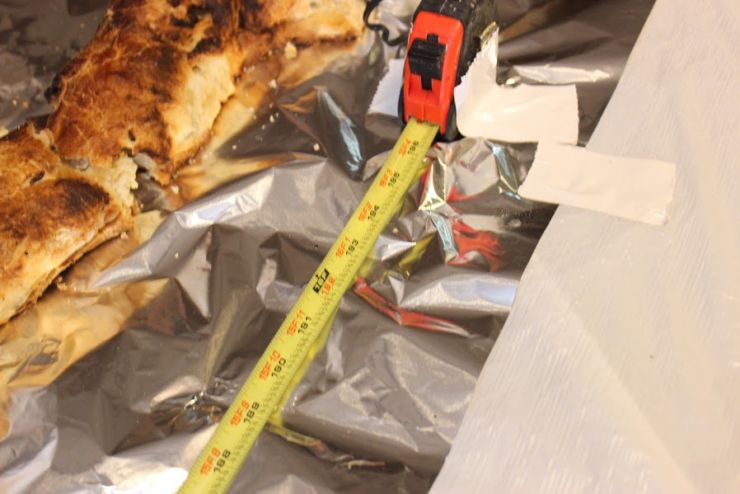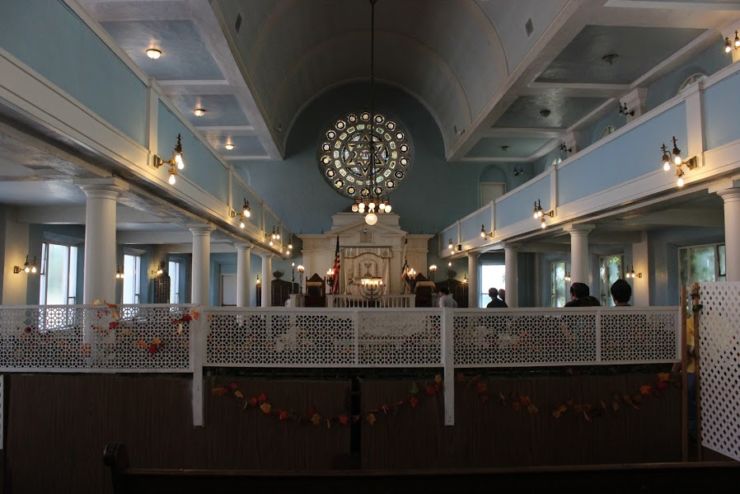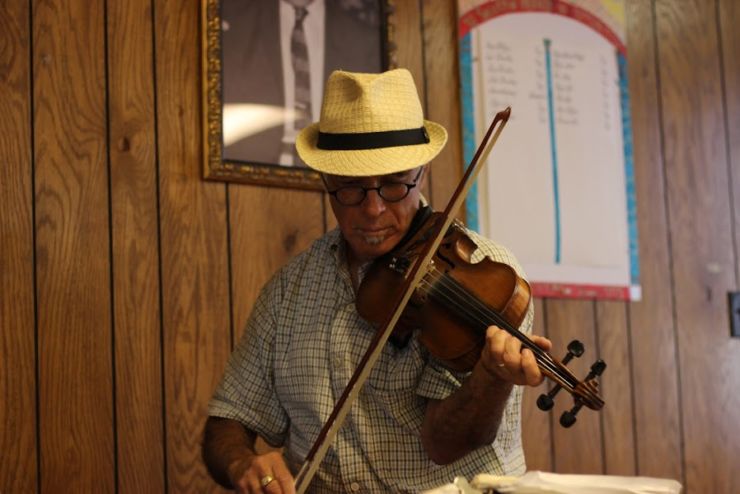Chabad Makes it on to National Register of Historic Places
The Albany Times-Union interviewed Chabad Shluchim Rabbi Leible and Elisheva Morrison of Troy, NY, after their Shul made it to the National Register of Historic Places • Full Article, Photos
The Albany Times-Union interviewed Chabad Shluchim Rabbi Leible and Elisheva Morrison of Troy, NY, after their Shul made it to the National Register of Historic Places.
Background: He grew up in Akron, Ohio, and studied math and physics at RPI. After graduation, he moved to Brooklyn where he joined the Chabad Lubavitch community and was a student at the Hadar Hatorah yeshiva. She grew up in Maine and received a degree in teaching at Beth Rivkah, a Lubavitcher school also in Brooklyn. In 1982, they came to Troy where they live in the Chabad House on South Lake Avenue and he is the spiritual leader of Beth Tephilah Synagogue on River Street. Their 11 children range in age from their oldest daughter who is 32 to their youngest son, who will be 13 and have his bar mitzvah next year. He is a mashgiach, or inspector, for the Vaad Hakashruth of the Capital District, which certifies kosher dietary laws in facilities around the region.
Your synagogue is on the National Register of Historic Places. Congratulations.
Leible: Beth Tephilah, which means house of prayer, was built in 1909, but the congregation dates back long before that. Jews fled persecution in Europe and came to a new world full of new ways. The newcomers were good at adapting but they didn’t melt. Beth Tephila represents the spirit of Judaism to go to a new place and the essence of what Jews re-established in the New World. They rebuilt in this new country what they cherished most. This is the historic concept of Americans working together in society but maintaining their uniqueness.
We are in the Central Troy Historic District and wanted to be on the National Register. The city of Troy helped us achieve that in May. It means we will be preserved. We won’t become a parking lot.
What led you to join the Chabad-Lubavitch community?
Leible: I was searching for meaning in life and found it in my Jewish roots. I went to the yeshiva in Brooklyn. In 1982, the Lubavitcher rebbe sent my wife and me to Troy to run a mikva, a ritual bath, and help the community. My position as president and spiritual leader of the synagogue evolved over the years to meet the needs of the congregation. We are a very small congregation. On Saturday morning about 30 people may come, but not all at once. The sanctuary upstairs is huge. We pray downstairs. People love the authenticity. Everyone who comes may not understand all the Hebrew or be very religious but we share that Jewish spark of caring to preserve the authenticity of the old ways.
Elisheva: My ancestors came to America in the 1600s fleeing the Spanish Inquisition and looking for a place to have religious freedom. I was raised on a farm in Maine but was not religious. When my family became religious, we moved to New York to be in a Jewish community. I met my husband in New York. My mother matched us up. Then my parents and four siblings moved to Israel. I stayed. I was enthusiastic about my Judaism and wanted to help my people. My husband and I operate together. We balance each other. We have a good family and help the Troy community. We have been here for 34 years. I have been the sisterhood president for 25 years. I do historical research for the synagogue and try to help the congregants of our shul in the search for their ancestors. We do not get paid by the synagogue — it can’t afford that — but we want to keep the legacy going so we do whatever we can to help out.





















213
Join ChabadInfo's News Roundup and alerts for the HOTTEST Chabad news and updates!








































